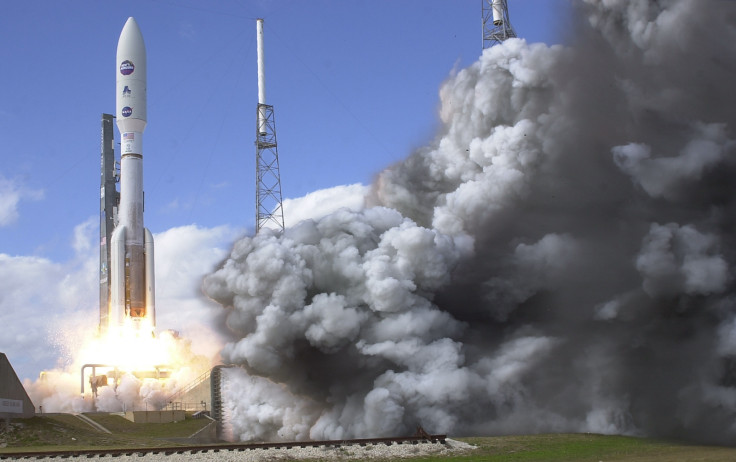'Global Selfie' to be Sent into Space via Nasa's New Horizons Spacecraft

A new project which aims to send a global "selfie" into space by uploading it to a Nasa spacecraft on route to Pluto has been approved by the US space agency.
The One Earth project aims to beam pictures, sounds, and other data from Earth and its inhabitants to Nasa's New Horizons spacecraft.
The project was developed by Jon Lomberg, a Hawaii-based artist, who wanted the information sent to space to represent the people of Earth.
"Why not make a crowdsourced self-portrait of Earth?" Lomberg said at the HawaiiCon sci-fi convention.
To get Nasa to accept the idea, Lomberg and his team created a petition which was sent around the world and represented more than 140 countries.
The US space agency accepted the proposal and has agreed to set aside 100 MB data for the crowdsourced content on the New Horizons probe. The probe is the first mission in Nasa's New Frontiers mission category and was launched in 2006 to study the dwarf planet Pluto and its moon.
It is expected to fly past Pluto in 2015 on its way out of the solar system. It does not contain any information about Earth at the moment, but Nasa will upload the information after the spacecraft has finished taking pictures of Pluto.
The information will be a full picture of Earth, including the good and the bad. Lomberg said he wanted to be honest about humanity's problems, from the effects of the atomic bomb to famine. He also plans to include contributions from those without internet access, such as tribes in the Kalahari Desert in southern Africa.
"We don't know how long the message will last" and it will likely never be found, Lomberg told Space.com.
Astronomers Carl Sagan and Frank Drake, pioneers in the search for extraterrestrial intelligence, first had the idea of sending a message from our planet into space on Nasa's Pioneer spacecraft.
Pioneer 10, launched in 1972, and Pioneer 11, in 1973, were the first probes to explore the area around Jupiter and Saturn. Both carried small metal plaques identifying their time and place of origin for the benefit of any other spacefarers that might find them in the distant future.
Lomberg worked with Sagan and Drake on the Golden Records for Nasa's Voyager 1 and 2 probes, which were a kind of time capsule intended to communicate a story to potential extraterrestrials. They contained drawings, photos and other information about life on Earth.
© Copyright IBTimes 2025. All rights reserved.




















